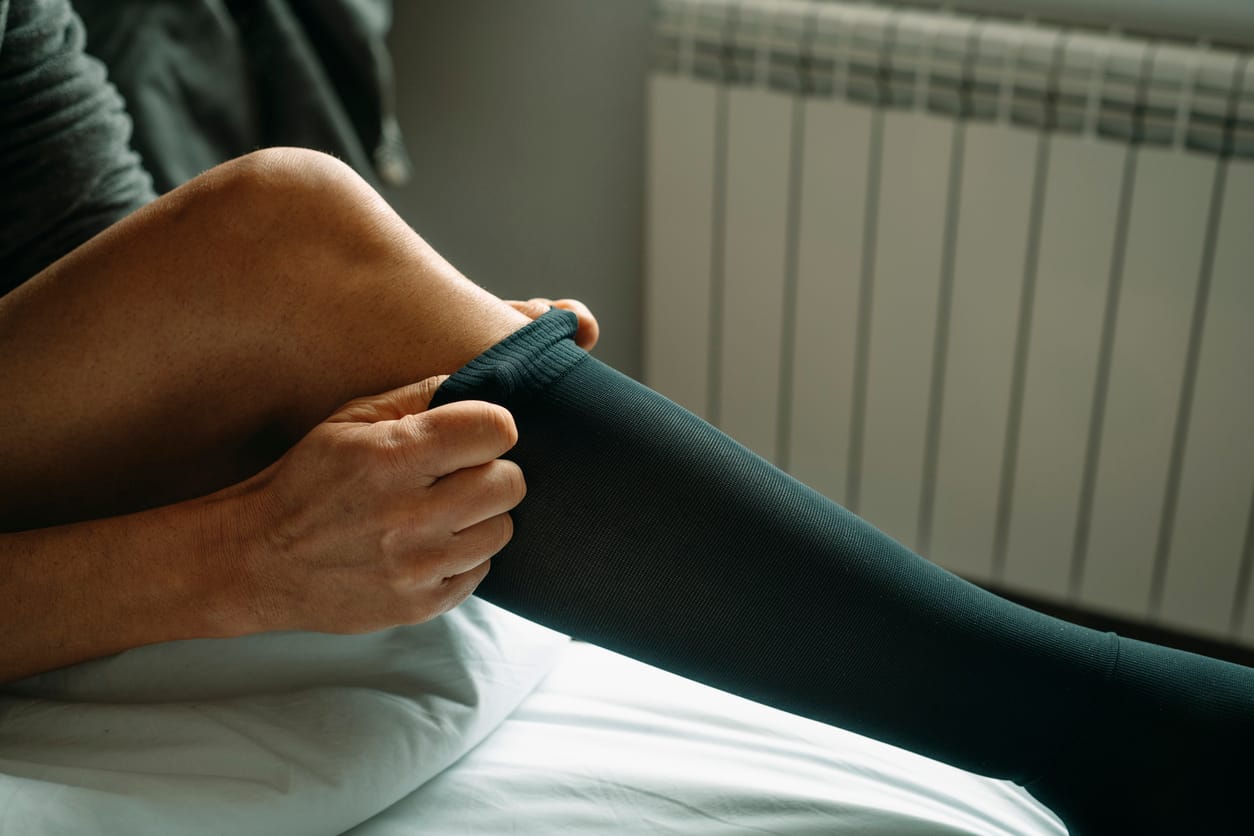Here is the second instalment in our tag rugby hand injuries blog.
2) Finger Sprain
A recent study showed that the most common injury to tag rugby patients was hyperextension of the middle finger (25%). A sprained finger occurs when the finger is bent in some way, causing damage to the ligaments which connect the bones together. Often it is the ligaments at the side of the finger (collateral ligaments) that are damaged.
Symptoms of a sprained finger include:
• pain over the joint in the finger where the damage has occurred;
• pain when bending the finger and stressing the injured ligament;
• swelling over the joint; and
• restricted mobility and movement in the finger.
If a complete rupture or a more severe injury has occurred, there will be instability in the finger and an MRI scan and surgery may be indicated.

Advice for the first 24-48 hours is to rest the finger and apply ice. Ice massage with a single ice cube may be suitable. After 48 hours, visit your Chartered Physiotherapist, who will teach you how to “Buddy Tape” the finger to protect it while it is healing and will show you appropriate exercises for rehabilitation. UItrasound can help to reduce swelling and your physio will be able to advise if you can return to sport with it taped. Finger sprains can take 3-6 weeks to resolve.
3) Finger/Thumb Fractures
A fracture is a break in the bone, which is either complete or partial. Most fractures are caused by a sudden injury that puts more pressure on the bone than it can withstand. There are 3 bones in each finger, called phalanges. Fractures can occur in the shaft of a phalanx, or onto the joint surface itself (called articular fractures). Shaft fractures need to heal in a position that lines up the joints at either end correctly. Articular fractures must be pieced back together again to make a smooth surface once more. An x-ray will confirm if a fracture has occurred and physiotherapy is used once the bone has been realigned and immobilised, usually by encasing it in plaster of Paris or a splint. Some fractures may only require taping to immobilize them.

Broken fingers usually cause immediate pain after trauma and sometimes deformity at a joint (commonly a dislocation) or through the bone as a fracture. If there is no deformity, a sharp pain is usually felt very specifically at the injury site. Bending the finger is often very painful but in some cases it can be moved and has only dull pain. Depending on their stability, some fractures may hurt more than others. Usually within the 5-10 minutes, swelling and bruising of the finger will occur and the finger will become stiff to move. If the fracture is severe, bruising from released blood may be seen immediately. Finally, if the swelling is excessive, numbness of the finger may occur because the nerves in the fingers are compressed. In all cases an x-ray is advised and sometimes an MRI. Occasionally surgery may be required and K-wires or pins and plates may be needed to re-align a bad fracture.
A Chartered Physiotherapist will firstly advise you what to do while you are in a splint or a cast to prevent further complications such as stiffness and muscle wasting. When the plaster/splint is removed rehab begins with the physio as the injured finger will be stiff and the hand will be weak from lack of use. Joint mobilisation, stretching and strengthening programmes, scar tissue management are all used to reduce any swelling, regain full muscle power and joint movement and bring back full function to the hand. Time to full recovery varies depending on the site and severity of the fracture but a Physiotherapist will give you a good estimate on your first day.
Most simple fractures heal with few long term problems, but complications can occur if they are nor rehabilitated properly; such as permanent stiffness, malunion (healing in the wrong position) or non-union (where the fragments fail to join together). Long term risks include early arthritis after articular fractures.
By Anne McGoldrick, Director of Medical Services – The Physio Company
www.thephysiocompany.com
Chartered Physiotherapist BSc Physio, MISCP
More Info
Here is a risk of sustaining a potentially debilitating hand injury while playing tag rugby so early diagnosis and proper physiotherapy management is essential to minimize these risks.
If you are not sure whether Physio is right for your injury or condition, just look at the website www.thephysiocompany.com or call The Physio Company on 1890 PHYSIO (1890 749746) or email callmeback@thephysiocompany.com. Mention this tag rugby article and you will get a free 15 minute assessment with one of our Physio’s in a clinic close to you.Article Source: http://www.tagrugby.ie/Injuries.html

















